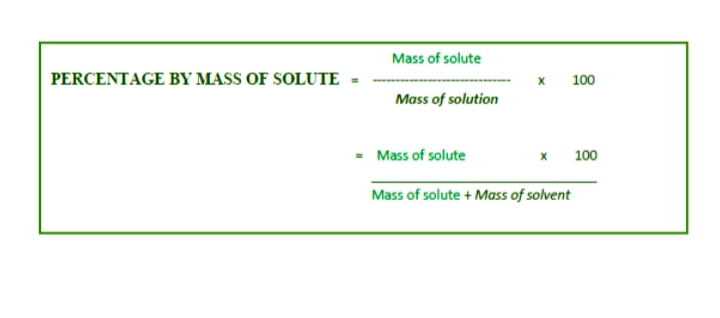Analytical method validation as per US-FDA
Analytical method validation as per US-FDA
by
Amrita Shetty, 02/04/2021
I. INTRODUCTION
1.
Analytical
method required during product and process development activities are discussed
in FDA guidance for industry on Process validation:
2.
Analytical
procedure verification or validation data should be submitted in the
corresponding section of the application in the ICH M2 eCTD: Electronic Common
Technical Document Specification
3.
United
States Pharmacopeias/National Formulator (USP/NF) or a validated procedure
submitted that was determined to be acceptable by FDA.
4.
To
apply an analytical method to a different drug product, appropriate validation
or verification studies for compendial procedure with the matrix of the new
product should be considered.
5.
parameter
that may be evaluated during method development are specificity, linearity,
Limit of detection (LOD), Limits of qualification (LOQ), range, accuracy and
Precision.
6.
To
understand the changes effect in method parameter on an analytical procedure
should adopt a systematic approach for a method robustness study (e.g.,
experiment design with method parameters)
i.
Begin
with Initial risk assessment along with multivariate experiments.
ii.
Factorial
parameter effects on method performance.
iii.
Evaluation
of method performance include: -
a.
Sample
analyses obtained from various stage of the manufacturing process from
in-process to the finished product.
b.
Method
variation is helpful while method performance.
II.
ANALYTICAL PROCEDURE CONTENTFD
1.
A
recognized source e.g., USP/NF, Association of Analytical Communities (AOAC) if
the referenced analytical procedure is not modified beyond is allowed in the
published method.
a.
Principle/Scope
b.
Apparatus/Equipment
c.
Operating
Parameters
d.
Reagents/Standards
e.
Sample
Preparation
f.
Standard
Control Solution Preparation
g.
Procedure
h.
System
Suitability
i.
Calculation
j.
Data
Reporting
a.
Principal/Scope
·
Analytical
test principle (Separation, detection).
·
Target
analyte
·
Sample
·
Drug
type: Drug substance, drug product, impurities & compound in biological
fluids).
b.
Apparatus/equipment
·
Qualified
equipment and components
§
Instruments
type
§
Detector
§
Column
type
§
Dimensions
§
Alternative
column
§
Filter
type
c.
Operating
Parameters
·
Qualified
optimal setting and range (include allowed adjustment supported by compendial
source or development and or validation studies) critical to the analysis
§
Flow
rate
§
Components
temperatures
§
Run
time
§
Detector settings
§
Gradient
§
Head space sampler.
d.
Reagents/Standard
·
Reagent
or standard description
·
Chemical
grade
§
USP/NF
§
American
Chemical Society (ACS)
§
HPLC
§
GC
§
Preservative-free
·
Reference
source
§
USP
reference
§
Qualified
in-house reference material
§
WHO
International Standard/ Reference Material
§
CBER
Standard
·
Purity
for pure chemical only
·
Dried
and undried state
·
Concentration
·
Potencies
by CFR, USP
·
Storage
condition
·
Safety
data sheet
·
Validation
or documented shelf life
e.
Sample
preparation
·
Procedure
§
Extraction
method
§
Dilution
§
Concentration
§
Desalting
§
Mixing
§
Sonication
f.
Standard
Control Solution Preparation
·
Preparation
of control standard & control solution
§
Concentration
§
Standard
stability
§
Storage
condition
§
Calibration
standard
§
Internal
standard
§
System suitability standard
g.
Procedure
·
Equilibrium
times
·
Scan/injection
sequence
§
Blanks
§
Placeboes
§
Samples
§
Control
§ Sensitivity solution for impurity method
§ Standard to maintain validity of system suitability during
span of analysis
§ Allowable operating ranges
h.
System
Suitability
·
Procedure
& parameters to ensure that the system will be function correctly as an
integrated system at time of use such system as.
§
Equipment
§
Electronics
§
Analytical
operations
§
Control
·
System
suitability acceptance applied to standard controls & sample
§
Peak
tailing
§
Precision
§
Resolution
acceptance criteria
i.
Calculation
·
Integration
method & representative calculation formulas for data analysis
§
Assay
§
Specified
& Non-specified impurities
§
Relative
response factor
j.
Data
Reporting
·
Report
results
§
Percentage
label
§
Weight/Weight
§
Weight/Volume
·
Chromatographic
method
§
Retention
time (RT) for identification with reference standard comparison basis.
§
Relative
Retention Time (RRT) for known and unknown impurities
§
Acceptable
range
§ Sample result reporting criteria.


Comments
Post a Comment